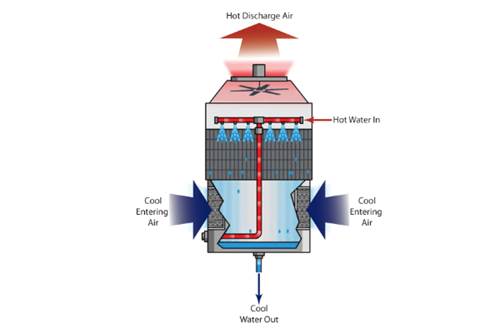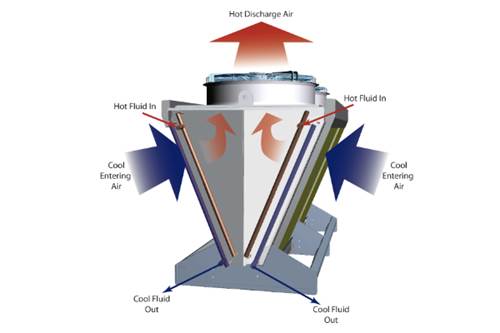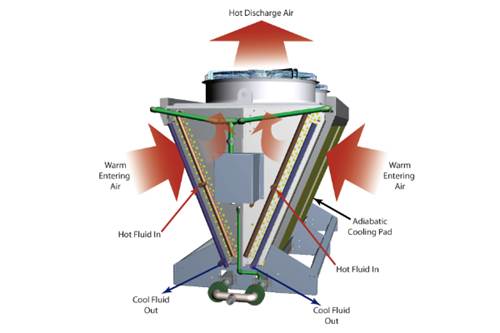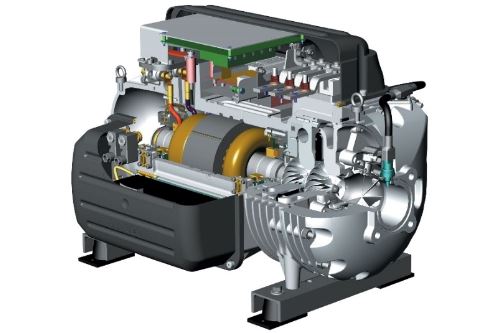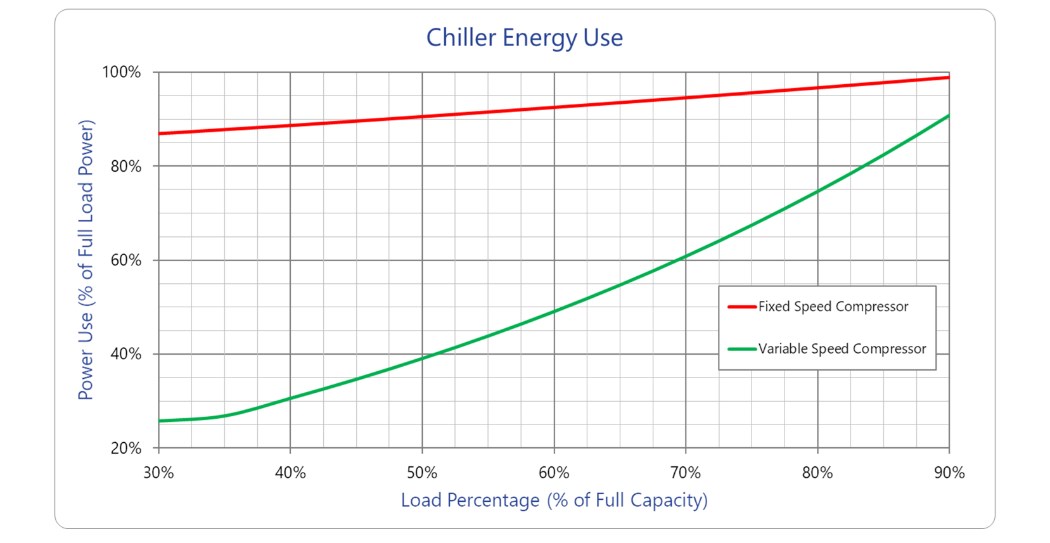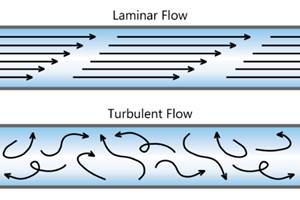Processing applications have seen many changes over the years. We have seen significant advancements in process throughput and increased quality control as well as automation and controls. But one thing has remained surprisingly the same – the cooling systems. What most people do not realize is that there are new technologies today that can reduce the operating costs of industrial cooling systems by over 40%.
Often overlooked or considered not as important as other parts of a manufacturing plant, process water cooling systems are gaining more attention as energy costs and concerns over water use continue to increase. There have been a number of advances in technology that provide increased efficiency to reduce production costs as well as global demand for power and fresh water.
1. Cut water use by 90% with Adiabatic Fluid Coolers
Most processing facilities have a cooling tower to provide cooling to hydraulics, chiller condensers and other process equipment. A cooling tower has a fan and evaporates water to produce 85°F process water. While effective at providing cooling, it uses a lot of water and requires water treatment to control biological growth. Cooling towers also expose the process water to the atmosphere and then require constant filtering.
With limited resources and a heightened awareness of the need to reduce energy and water consumption, the use of fluid coolers has become a popular alternative to conventional evaporative cooling towers.
Similarly, a fluid cooler uses ambient air to cool the process water. However, this is done through a cooling coil and without exposing water to the atmosphere. This method is effective but limited by the temperature of the ambient air. In most cases, the practical limit is a process water temperature leaving the dry fluid cooler about 10°F warmer than the entering air temperature.
To expand the usefulness of fluid coolers as a replacement for evaporative cooling towers, manufacturers have added evaporative pads to their fluid coolers to pre-cool the warm summertime air through a process called adiabatic cooling. Adiabatic cooling occurs by evaporating water into the dry air entering the fluid cooler. As the air absorbs water, it is cooled and the cooler air is able to provide a consistent and stable output, leaving water temperature of 85°F to process.
Although this technology uses some water, the system is extremely water-efficient and only needed during peak summertime conditions. The result is as much as a 90% reduction in water use versus a conventional evaporative cooling tower. In addition, the water is fully evaporated and not recirculated, as is the case with a conventional cooling tower, so there is no need for water treatment.
